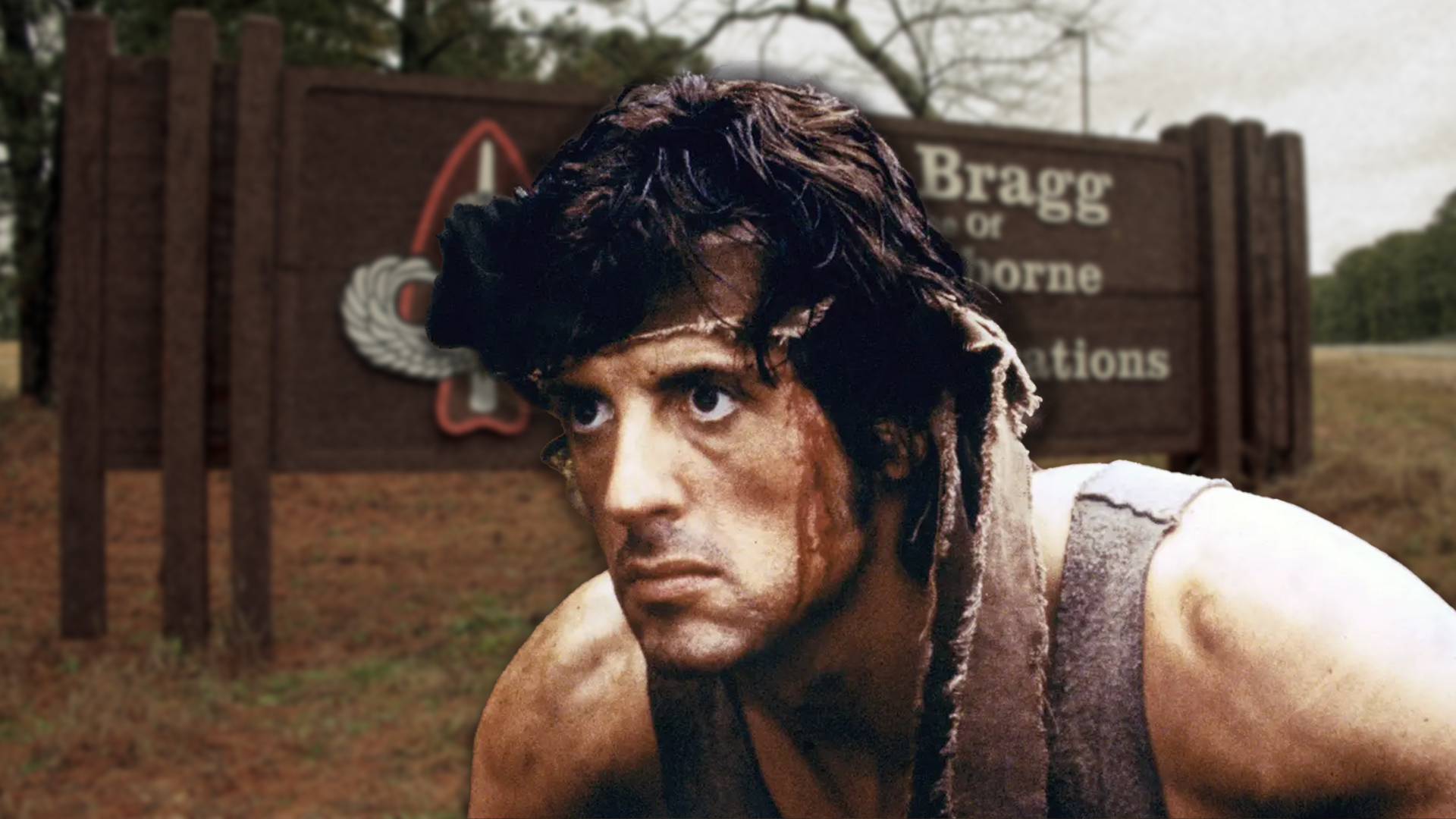

Over the past four decades, the Rambo movies have featured scenes that defy logic. Rambo has been able to outrun a napalm gravity bomb — twice; he crashed a tank into a Russian helicopter without suffering so much as a scratch, and he dug an elaborate set of booby-trapped tunnels because that’s what Hollywood thinks veterans do during their weekends and time off.
But the most unrealistic scene in the entire Rambo trilogy takes place in the original movie: First Blood.
For those who have not seen the 1982 movie, First Blood opens with Rambo being mistaken as a vagrant by a small-town sheriff, who locks him up. Our hero promptly escapes from jail and uses the skills he learned as a former Green Beret to wage a one-man guerilla war against the local sheriff’s department and National Guard.
In one pivotal scene, Army Col. Sam Trautman, who led Rambo’s Special Forces unit in Vietnam, speaks to the fugitive veteran, who is hiding from authorities in an abandoned mine. Trautman says he has come from Fort Bragg, North Carolina to bring Rambo in.
Rambo replies by saying, “I wish I was back at Bragg right now.”
This is where the movie departs from reality. No one in the history of the U.S. military has ever said, “I really wish I was back at Fort Bragg right now.”
What Rambo, hiding in the dark, wet, and cold mineshaft, should have told Trautman was, “No thanks colonel, I’m good where I am.”
Today, of course, Rambo’s Fort Bragg is now Fort Liberty, and it has come a long way from the 1982 era of Fort Bragg and Fayetteville, NC, then still widely referred to in Army circles as “Fayette-’Nam”. The base was a hub of the special operations forces and many conventional units that were at the forefront of the post-9/11 wars. Few communities anywhere do more to keep our nation safe than the outstanding soldiers and their families on the sprawling base in the North Carolina sandhills.
Top Stories This Week
But you have to admit, when you think of Fort Bragg/Liberty, “grace” and “charm” are not the first words that spring to mind — though if you are ever in dire need of a tattoo parlor or pawn shop, Bragg Boulevard off post can’t be beat.
It’s true that service members on many military installations have to deal with crime. But in Fayetteville police recently had to assure citizens that a serial killer was not on the loose after four different sets of human remains were found near Bragg Boulevard in the previous three weeks.
That abandoned mineshaft that Rambo eventually takes to for shelter may have been cold and damp, but at least it didn’t have a mold problem, unlike the Smoke Bomb Hill barracks. About 1,200 soldiers had to be moved out of those barracks last year after the sergeant major of the Army at the time discovered problems with the living quarters during a July 2022 inspection.
In all fairness, unacceptable conditions in barracks is a military-wide problem that was highlighted in a September freeport from the Government Accountability Office, which found that thousands of service members live in substandard quarters, prompting lawmakers to rebuke the Pentagon.
Still, many service members would argue the labor camp in which we find Rambo at the start of the second movie was probably safer and offered better living conditions than the Base formerly known as Fort Bragg.
However, it is in Rambo First Blood: Part II that Trautman explains why Rambo would prefer to be in Fort Bragg than anywhere else.
“What you choose to call hell, he calls home,” Trautman says.
That explains a lot.
